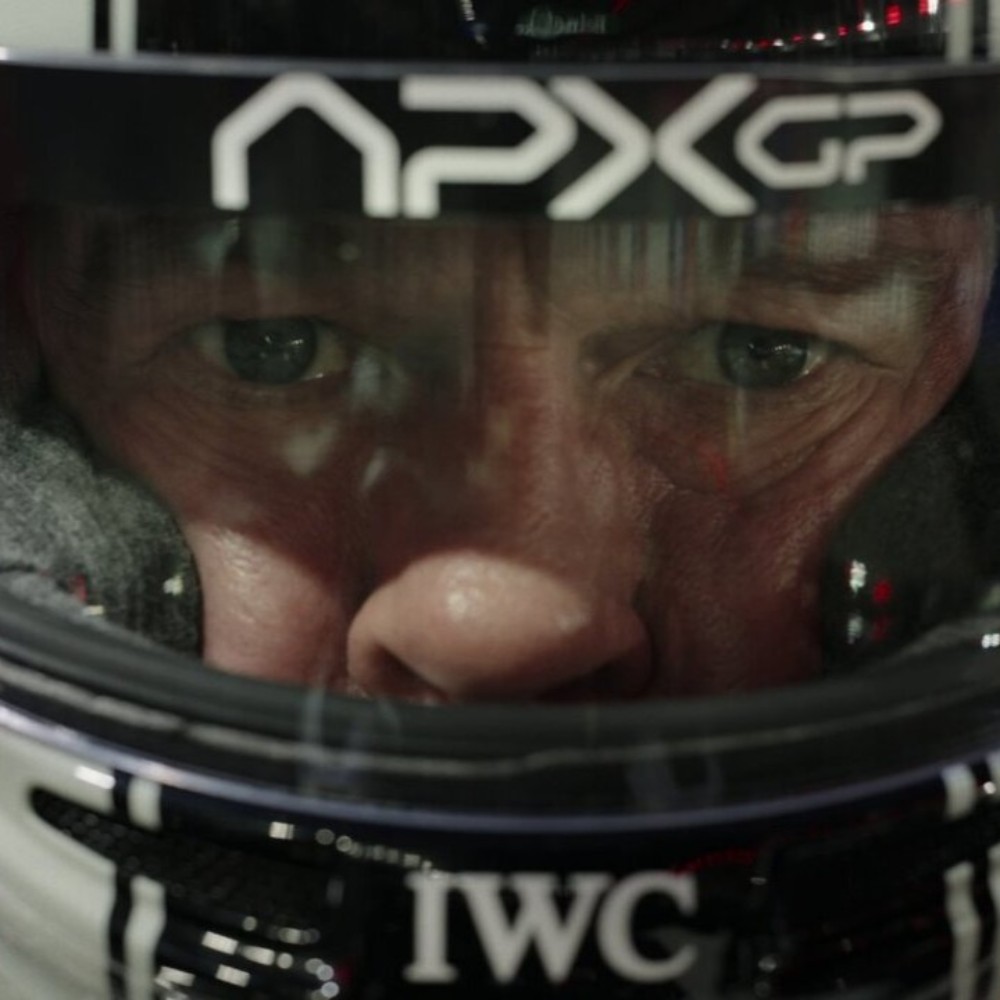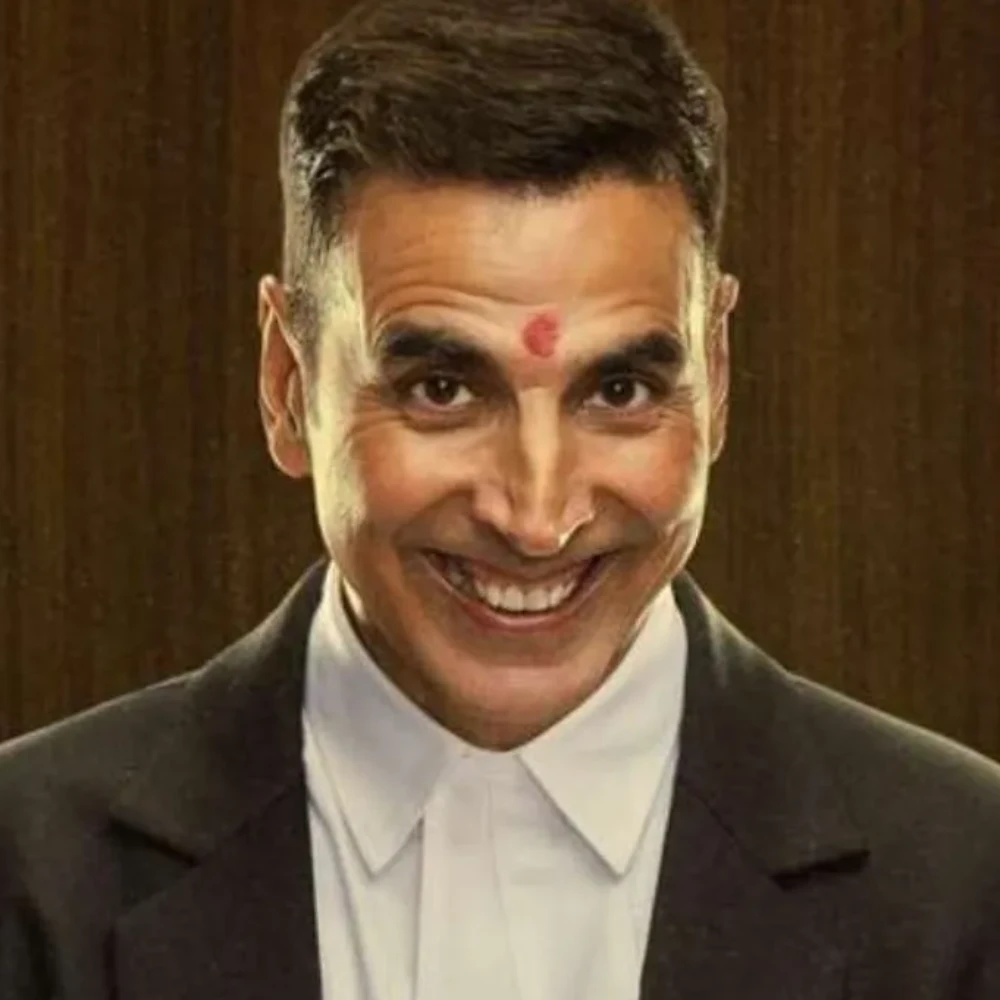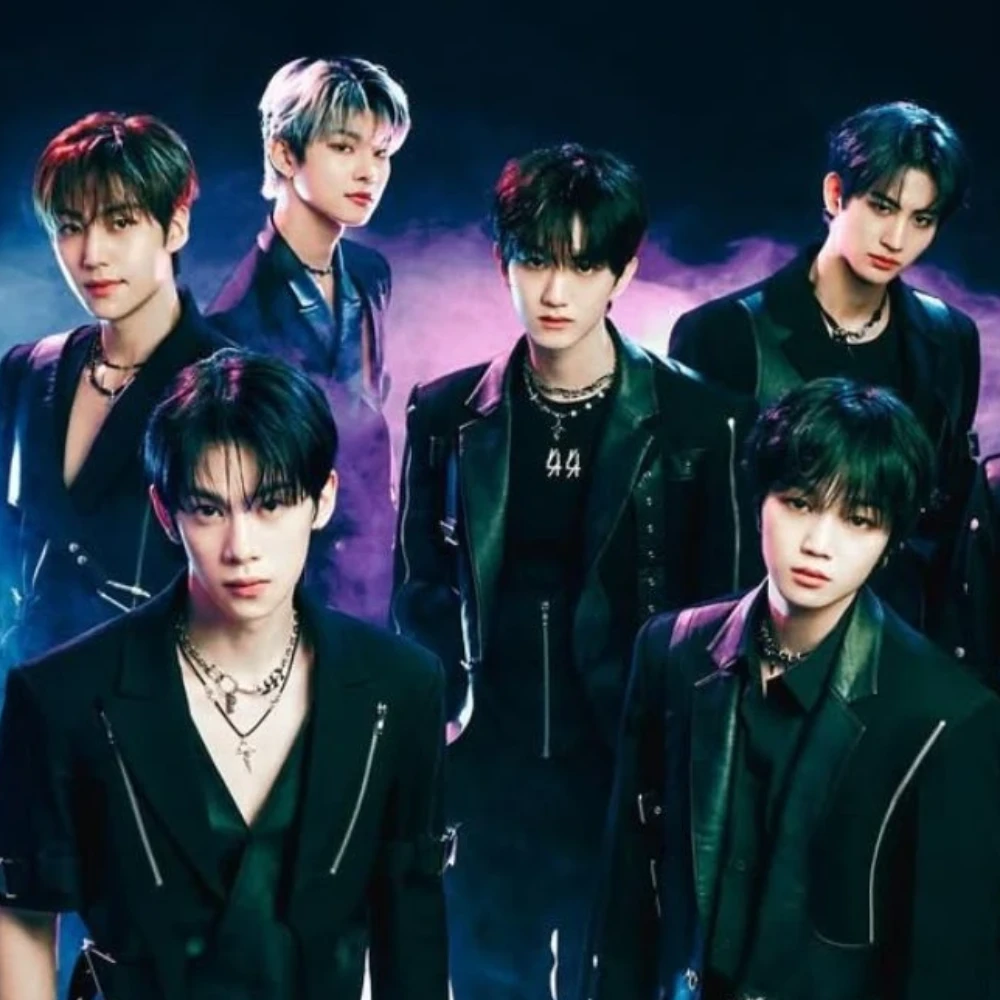Box Office: The ‘Bhool Chuk Maaf’ of Theatrical Windows
Analyzing the pre-release episode of Bhool Chuk Maaf and understanding whether film-windowing is also a global crisis, from the perspective of an Indian film exhibitor.

In a striking example of how market forces are reshaping film distribution strategies, Maddock Films made a last-minute decision to pull Bhool Chuk Maaf from its scheduled theatrical release, just one day before opening. Citing weak advance bookings and heightened public anxiety due to regional war tensions, the studio opted to release it on OTT platform bypassing cinemas. The move sparked immediate legal action from PVR INOX, India’s largest cinema chain.
PVR INOX secured a restraining order to prevent the film’s direct-to-digital release on Amazon Prime Video. However, the conflict was ultimately resolved amicably, with both parties agreeing to a shortened two-week theatrical window and a new release date of May 23. The incident echoed broader tensions within the Indian exhibition landscape, especially as PVR INOX itself had previously declined to screen high-profile Tamil-to-Hindi dubbed films like Leo and Jailer due to their non-compliance with its preferred 8 week windowing policies. The inconsistency highlights the strain that rigid release frameworks can impose across diverse linguistic and regional markets.
This clash comes amid growing global discourse around theatrical windowing, particularly as CinemaCon 2025 underscored the need for the industry to re-evaluate its strategies. Michael O'Leary, President and CEO of Cinema United, used his keynote address to advocate for a standardized 45-day theatrical window. He warned that ongoing reductions in exclusive theatrical runs are weakening the film ecosystem—particularly for small and mid-budget productions. While the top 20 films have seen only a 10% decline in box office performance post-pandemic, the next 80 films have suffered a steep 32% drop. O'Leary attributed this disparity to shrinking windows, which averaged just 31 days for these titles compared to 49 days for top-performing releases.
He also criticized the industry’s increasing reliance on premium large-format screens (PLFs), which, despite attracting audiences, account for just 9% of the global box office. O’Leary urged studios and exhibitors to recommit to positioning films as “Only in Theatres,” warning that without a robust and predictable theatrical ecosystem, even blockbuster titles risk losing cultural and commercial relevance.
Jackie Brenneman, a longtime industry advocate, echoed these concerns, highlighting how shorter theatrical runs undermine a film’s ability to build word of mouth. She pointed to data from MoviePass and box office trends showing that audiences are still willing to attend theaters, particularly when incentivized with discounted pricing. However, studios’ increasing focus on early streaming releases is cannibalizing potential theatrical revenue. According to Brenneman, nearly $1 billion in box office was lost across just ten titles due to rushed transitions to digital platforms. Her message was clear: audiences value the theater experience, but the industry must give them time to engage with it.
CinemaCon 2025 was, in many ways, a battleground for these ideas. Exhibitors called for a universal 45-day window, while studios—facing financial pressure from recent flops like Disney’s Snow White and Bong Joon-ho’s Mickey 17—argued for greater flexibility. With the first quarter of the domestic box office down 12.3% year-over-year, studios are increasingly relying on early PVOD and streaming releases to recover costs. Universal Pictures, for example, defended its swift digital pivot for Wicked, which went on to generate $100 million post-theatrical.
This debate raises a fundamental question: Is a universal windowing policy still viable in today’s film industry? The answer may lie not in uniformity, but in strategic adaptability. The theatrical model that once dominated the industry was built for a time when box office receipts were the primary source of revenue. Today, delayed digital monetization can seriously impact a studio’s bottom line—especially for mid-budget or niche titles that may not find large theatrical audiences.
A more sustainable model may be one of variable windowing. Tentpole films with global marketing campaigns and broad audience appeal—such as superhero franchises and animated blockbusters—can benefit from extended theatrical runs. In contrast, auteur-driven films, mid-budget dramas, and experimental projects may perform better with limited theatrical exposure followed by quick transitions to PVOD and streaming, where they can find their audiences more effectively.
Crucially, the availability of streaming and audience data now enables studios to make smarter, data-driven decisions about release timing. Metrics around viewer engagement, demographic insights, and box office projections allow for bespoke distribution plans designed to maximize total revenue. Universal’s success with Wicked—both in theaters and on digital platforms—demonstrates that a hybrid model can indeed succeed when carefully executed.
Nevertheless, exhibitors’ concerns are valid. The theatrical experience remains culturally significant, fostering communal storytelling and sustaining a broad cinema infrastructure that supports films of all sizes. Independent theaters, in particular, rely on a steady flow of exclusive content to remain viable. Without longer windows, many such venues may be forced to shut their doors.
The future likely lies in collaborative, tiered windowing models that align studio economics with theatrical sustainability. This could take the form of performance-based windowing, where high-performing films are granted longer exclusivity, or pilot programs that experiment with hybrid release strategies. The goal is not to preserve outdated practices but to build a forward-looking framework that recognizes the diversity of films, audiences, and revenue pathways.
The Bhool Chuk Maaf episode, combined with the insights from CinemaCon 2025, points to a shifting equilibrium. Theatrical and digital platforms need not be adversaries; they can be partners in delivering compelling stories to audiences everywhere. However, clearer communication to viewers about where and when films will be available is essential. Without it, even the best strategies risk confusing audiences and undermining engagement. In this new landscape, transparency, flexibility, and collaboration will be the keys to sustaining a vibrant and profitable film industry.





 JOIN OUR WHATSAPP CHANNEL
JOIN OUR WHATSAPP CHANNEL





































































